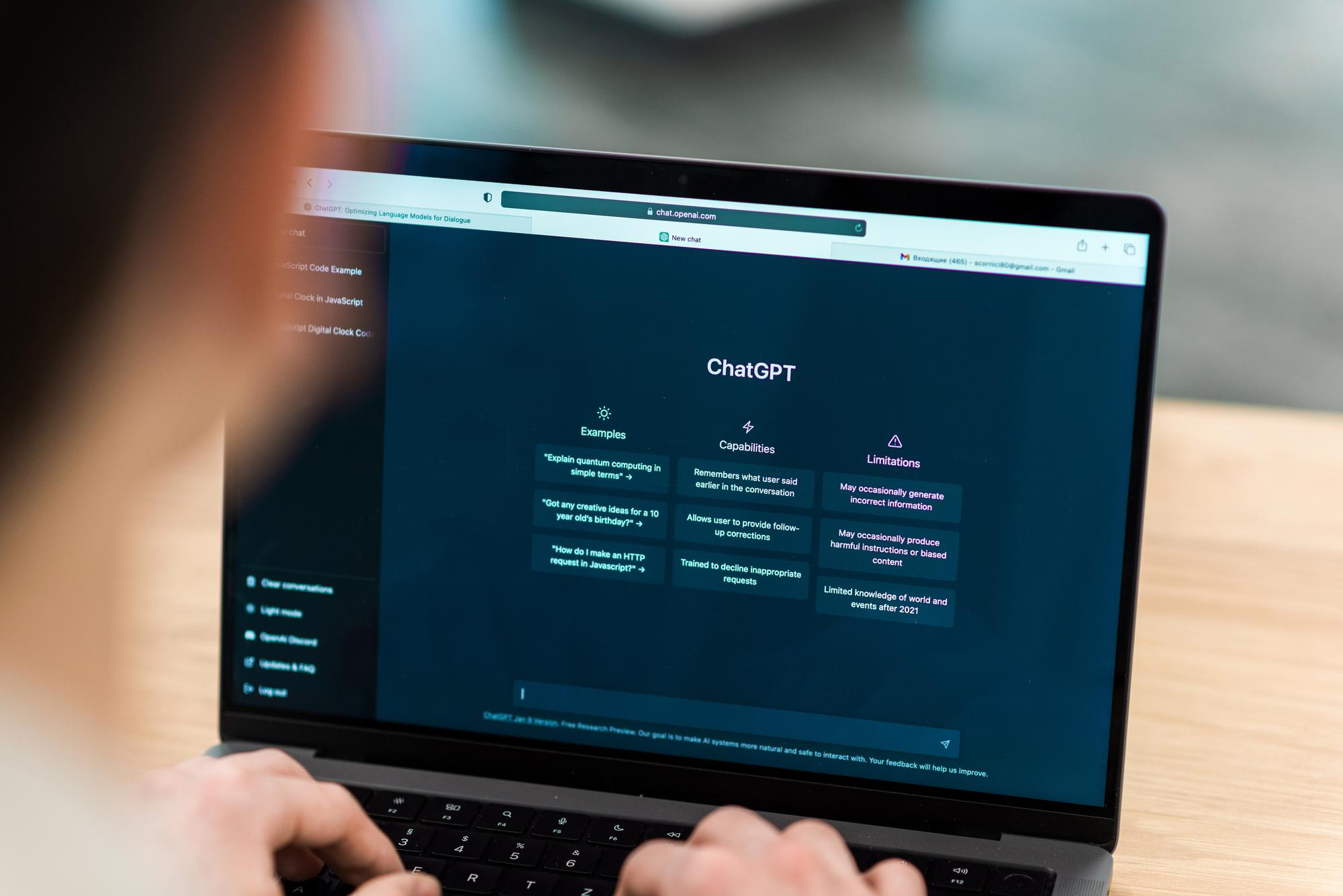How to use ChatGPT effectively
 Mahendra Dewangan
Mahendra Dewangan
What is ChatGPT??
ChatGPT is an AI language model developed by OpenAI, based on the GPT (Generative Pre-trained Transformer) architecture. It is designed to understand and generate human-like text based on the input it receives.
Using ChatGPT effectively involves understanding its capabilities, structuring your interactions, and providing clear prompts to get the desired responses. Here are some tips to help you make the most of your interactions with ChatGPT:
Clear and Specific Prompts: Craft your prompts with clarity and specificity. Clearly state what you're looking for and provide relevant context. This helps guide ChatGPT to generate more accurate and relevant responses.
Break Down Complex Questions: If you have a complex question or task, break it down into smaller, more manageable parts. This makes it easier for ChatGPT to understand and respond accurately.
Iterative Approach: If you're not getting the desired response, you can use an iterative approach. Gradually build up the conversation, adding more context and details in each exchange. This can help guide ChatGPT towards the desired outcome.
Provide Examples: Sometimes, giving examples of the type of response you're looking for can help ChatGPT understand your expectations better.
Specify Format: If you want a specific format for the response (e.g., a list, a paragraph, a brief explanation), explicitly mention it in your prompt.
Be Patient and Persistent: ChatGPT might not always get it right on the first try. If you encounter an inaccurate or irrelevant response, rephrase your prompt or ask follow-up questions to refine the interaction.
Correct and Instruct: If ChatGPT provides an incorrect response, you can politely correct it and provide additional instructions to guide it in the right direction.
Avoid Ambiguity: Ambiguous or open-ended prompts can lead to unexpected or unclear responses. Provide enough context and details to minimize ambiguity.
Explore Prompts Creatively: Experiment with different ways of phrasing your prompts to see how ChatGPT responds. You might discover more effective ways to get the information or assistance you need.
Use External Information: You can reference external information or sources by including them in your prompts. For example, you can ask, "Based on my research, can you explain…?"
Provide Feedback: The thumbs-up and thumbs-down buttons are available for feedback on generated responses. Use these buttons to let ChatGPT know when it's on the right track or needs improvement. This can also result in best overall answer for your prompt.
Balance Specificity and Openness: While being specific in your prompts is important, don't make them overly restrictive. Balancing specificity with some degree of openness can help you receive creative and relevant responses.
Remember that while ChatGPT is a powerful tool, it may not always provide perfect responses, and it's important to critically assess and verify the information it generates, especially for important or sensitive topics.
Subscribe to my newsletter
Read articles from Mahendra Dewangan directly inside your inbox. Subscribe to the newsletter, and don't miss out.
Written by

Mahendra Dewangan
Mahendra Dewangan
At present I'm in 4th year of my college pursuing Bachelor of Technology and exploring the field of Computer Science and Engineering.